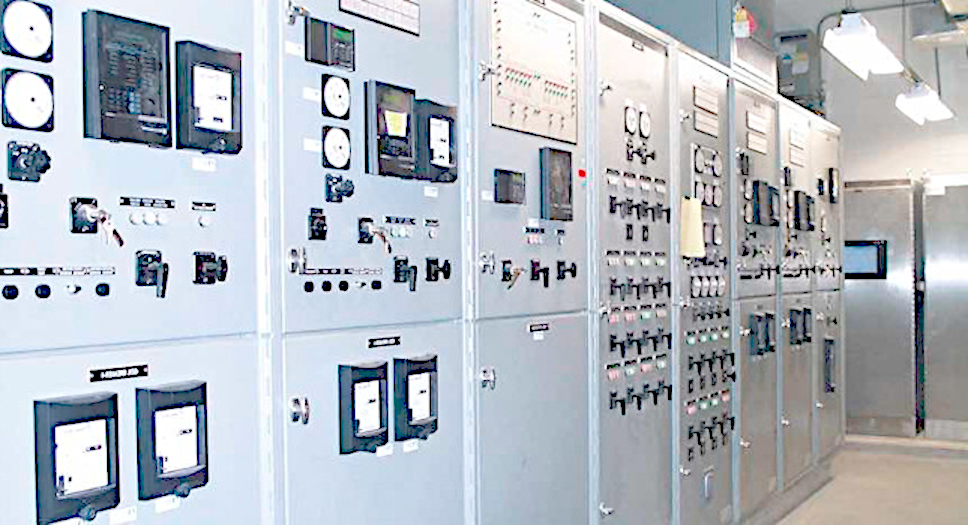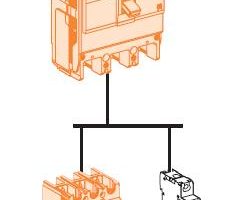Posted in Design on April 15th, 2024
Understanding the Concept of Earthing In Electric Power System
Note: This is a paper published in the IOSR Journal of Electrical and Electronics Engineering (IOSR-JEEE), Volume 11, Issue 3 Ver. III (May. – Jun. 2016), pp. 29-33
Earthing is the concept of connecting a thing to the earth (or ground). In Power systems engineering, earthing is the one concept that cannot be dispensed with. Generators, reactors...
Compliance to Statutory Laws
I was reminded of this article which I have written about many years ago when I attended some product presentations about variable speed drives.
What catch my attention most was the closing words of the presenter that he just hate AS 3000 because most of his clients want him to comply with that standard, which is...
Posted in Automation / Design on April 1st, 2024
Electrical Engineers and Digital Technologies
Electrical Engineers play a crucial role in the development and implementation of digital technology. Digital technology encompasses a wide range of applications including computer systems, telecommunications, digital signal processing, control systems, and more. Electrical engineers are involved in designing, testing, and improving digital systems to meet various requirements and specifications.
Communication Systems
Digital technology has revolutionized communication systems, enabling high-speed data...
Posted in Design on March 20th, 2024
Selection of System Voltage
The selection of utilization and distribution voltage levels is one of the most important considerations in power system design. System voltages usually affect the economics of equipment selection and plant expansion more than any other single factor. It behooves the power system engineer to consider carefully the problem when designing the distribution system.
Voltage Classes
The various voltage...
Posted in Design on March 10th, 2024






